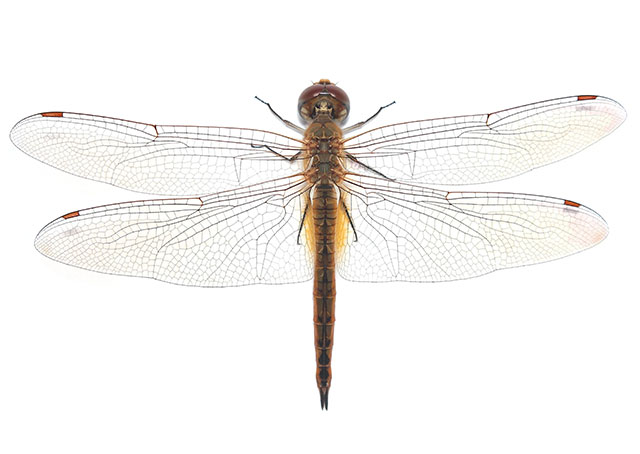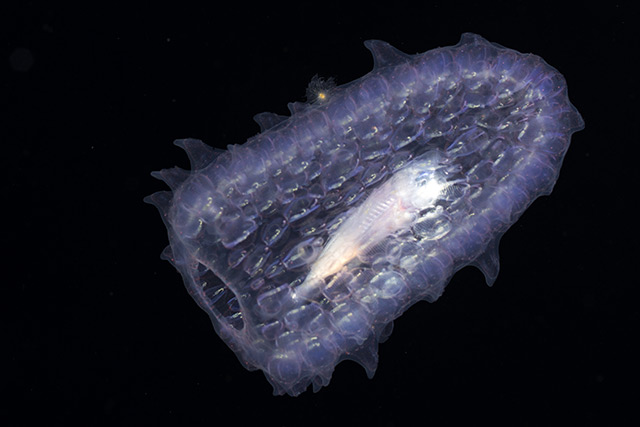As the OSIRIS-REx probe hurtles towards its rendezvous with the asteroid Bennu, it took the time to snap a breathtaking photo of Terra and its bright partner Luna waltzing through the constellations, reported The Daily Mail in a recent article.
The National Aeronautics and Space Administration (NASA) kindly shared the image of our planet and its natural satellite as seen through the spacecraft’s NavCam1 imager from a distance of 39.5 million miles. OSIRIS-REx took the photo on 17 January of this year.
Seen from that distance, Earth and the Moon look like luminous stars instead of the blue-white and grey marbles we know them to be. They stand out as the brightest and largest objects in the photo. They’re ringed by the quintet of stars that form the “head” of the Cetus constellation. The cluster of stars hovering at the upper left corner of the photo are the Pleiades in the Taurus constellation and opposite them is Hamal, the brightest representative of Aries.
This was the latest photo courtesy of OSIRIS-REx as it travels ever further from Earth. It’s been sending eye-popping photos since its launch last 8 September 2016.
Two weeks after an Atlas V rocket boosted it into space, the probe took a lovely snapshot of its home planet centered upon the Pacific Ocean from 106,000 miles (170,000 km) away. Shortly afterwards, it used Earth’s gravity to slingshot it towards Bennu.
Another photo was taken at the three million mile mark from its home planet. This caught the Earth and the Moon seemingly gazing at each other like longing-filled lovers.
“But while the spacecraft might tell us some things about where we have been and where we are headed, it also can remind us of where we are right now,” NASA said regarding the pictures OSIRIS-REx had been taking during its years-long trip.
OSIRIS-REx will check Bennu for clues about the origin of life
Osiris-Rex’s mission is to uncover extraterrestrial clues about the possible origins of life on our planet.
Near-Earth asteroids may offer clues since they are ancient leftovers from the time our solar system was formed. The probe was therefore aimed at the near-Earth asteroid 101955 Bennu, which was large and close enough.
Named after a legendary bird from Egyptian mythology, Bennu is roughly 1,600 feet wide and rich in carbon. Researchers theorized it formed 4.5 billion years ago, so it could possibly be harboring organic materials or the molecular precursors to carbon-based life.
Currently traveling at more than 26 times the speed of sound, OSIRIS-REx is expected to reach its destination this August. The probe will enter orbit around Bennu and spend the better part of two years mapping the surface of the ancient asteroid. Once it has found a promising location by 2020, the probe will carefully approach Bennu with its mechanical sampler arm extended. Once the arm touches the asteroid’s surface, nitrogen gas thrusters will stir up gravel for collection.
OSIRIS-REx can hold up to 2.1 ounces of samples and carries enough nitrogen gas to make three attempts. Whatever the outcome of its sampling efforts, the probe will commence the long trip home in 2021. It is expected to return to Earth sometime in 2023.
OSIRIS-REx is the first U.S. space mission sent to gather samples from an asteroid. Previously, Japan’s Hayabusa probe had successfully landed on the asteroid 25143 Itokawa and acquired samples during its 2003-2010 mission. A second Japanese probe, Hayabusa2, was launched back in 2014. It is expected to reach its target (a different asteroid called 162173 Ryugu) this June, two months ahead of OSIRIS-REx’s meeting with Bennu.
More eye-popping articles about space exploration can be found on Cosmic.News.
Sources include:
DailyMail.co.uk
AsteroidMission.org



















